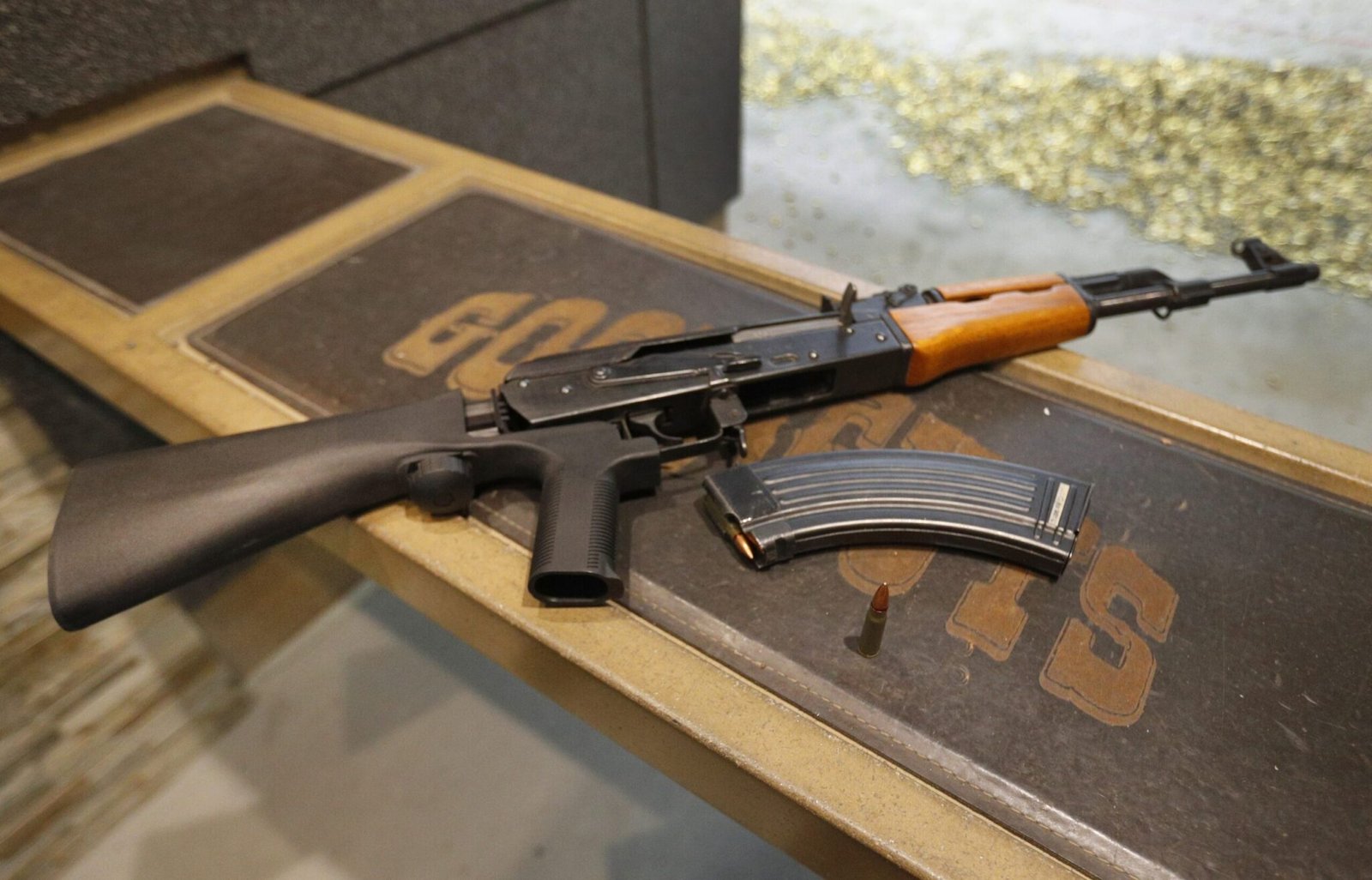In a significant legal decision, the U.S. Supreme Court has overturned a federal rule that classified bump stocks as machine guns, a regulation that was put in place after the 2017 Las Vegas mass shooting. Justice Clarence Thomas, known for his strong stance on Second Amendment rights, authored the opinion stating that the Bureau of Alcohol, Tobacco, Firearms and Explosives (ATF) did not have the authority to enforce this ban.
Justice Thomas emphasized that attaching a bump stock to a semiautomatic rifle does not alter its classification as a non-automatic firearm. According to him, each shot still requires a separate actuation of the trigger by the shooter.
The decision, resulting from the case Garland v. Cargill, was a 6-3 split, reflecting the Supreme Court’s ideological divisions. Justice Sonia Sotomayor penned a dissenting opinion, highlighting the potential risks of putting bump stocks back into civilian hands and comparing their functionality to that of machine guns.
The ruling has drawn criticism from the White House and gun safety advocates. President Joe Biden and Senate Majority Leader Chuck Schumer expressed their concerns about the implications for public safety and urged Congress to take legislative action against bump stocks and assault weapons.
This decision revisits regulations set during the Trump administration that were a direct response to the Las Vegas shooting, where a gunman used bump stock-equipped rifles to cause massive casualties.
The case reached the Supreme Court after lower courts showed disagreement over the classification of bump stocks under existing gun laws. The high-profile legal battle underscores ongoing national debates over gun control and Second Amendment rights.

